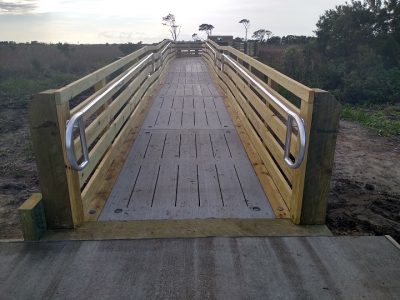It is “quiet time” on Hatteras Island, so called by Gee Gee Rosell, our friend and fellow resident whose Buxton Village Books is a year-round business. But there is plenty to do as can be attested by the recently concluded and successful Hatteras Island Oyster Roast. Close on the heels of the now famous roast is the Second Annual Hatteras Village Waterfowl Festival. The event kicks off on Friday, February 21, with a lavish Fin, Feather and Bourbon food event at the Hatteras Community Center featuring local seafood and North Carolina distilled bourbon. (As my Kentuckian husband opines, “Bourbon is supposed to come from Kentucky.”) The array of classes and activities is impressive, including historic trolley tours, kayaking on the Sound, decoy carving, and art and craft exhibitions among many other choices. Sponsored by the Outer Banks Visitor Center, the Second Annual Hatteras Village Waterfowl Festival (February 21-23) is sure to please. Can’t wait. Especially for the bourbon.

This year our winter weather, typically cloudy and chilly, has been interspersed with sunny skies and mild temperatures, so we can’t complain. But historically the seasonal chill brought waterfowl hunters to the Outer Banks, and it still does. As of early December, a new handicapped-accessible hunt blind and wildlife platform was installed at Bodie Island to accommodate them. Named the Bodie Island Marsh Blind, the new Architectural Barriers Act (ABA) blind is located approximately two miles north of the Bodie Island Lighthouse. The blind consists of a six-foot covered platform over the water from the parking lot that provides five standard vehicle spaces and one accessible space. Access steps lead down to the water for placing decoys and retrieving waterfowl.
Dedicated on December 3 by various local dignitaries including National Park Superintendent David Hallac and Lee Nettles, Executive Director of the Outer Banks Visitors Bureau, the blind was ready to be reserved for the waterfowl hunt season from December 14 to the end of January. Of special note is the availability of the blind for wildlife viewing, educational activities and photography opportunities during the hunting off-season from April 1 through the middle of November, with a few exceptions in October. (See the National Seashore’s waterfowl hunting web page for details.)
According to The OBX Voice, waterfowl hunting was first permitted on the park lands in June, 1940. Areas dedicated for this purpose include 1500 acres of Bodie Island, 500 acres of Hatteras Island, and Ocracoke Island (except for Ocracoke Village). There are 20 blinds on Bodie Island, and over the past decade 8,100 hunters have used them.
Though the Bodie Island Marsh Blind is specifically adapted for handicapped bird hunters, it will be a new amenity for the growing population of bird watchers who visit the Outer Banks year-round. Bodie Island is one of five sites on the Outer Banks recognized as part of the North Carolina Birding Trail, a comprehensive network of trails spanning the state from the mountains to the coast. Created in 2003, the trail cites Bodie Island Lighthouse in the Cape Hatteras National Seashore as one of the best spots in the state for birdwatching. It is described in Birding Trail literature as a remote area filled with undisturbed wetlands, marshes, maritime forest and beaches that attract a spectrum of local and migrating birds. A viewing platform and gazebo on the lighthouse grounds overlook a large saltwater marsh where wading birds such as the American Avocet, Least Terns, and Black Skimmers can be seen. There is also a quarter-mile nature trail winding from the visitor center to a fresh water pond, and the Bodie Island Dike Trail, nearly a mile in length, is just south of the Lighthouse’s main parking area.
So whether your choice of outdoor gear is a shotgun or a pair of binoculars, the Bodie Island Lighthouse area is the right place to enjoy nature and view wildlife during the “quiet time” (?) in our unique Outer Banks home.
